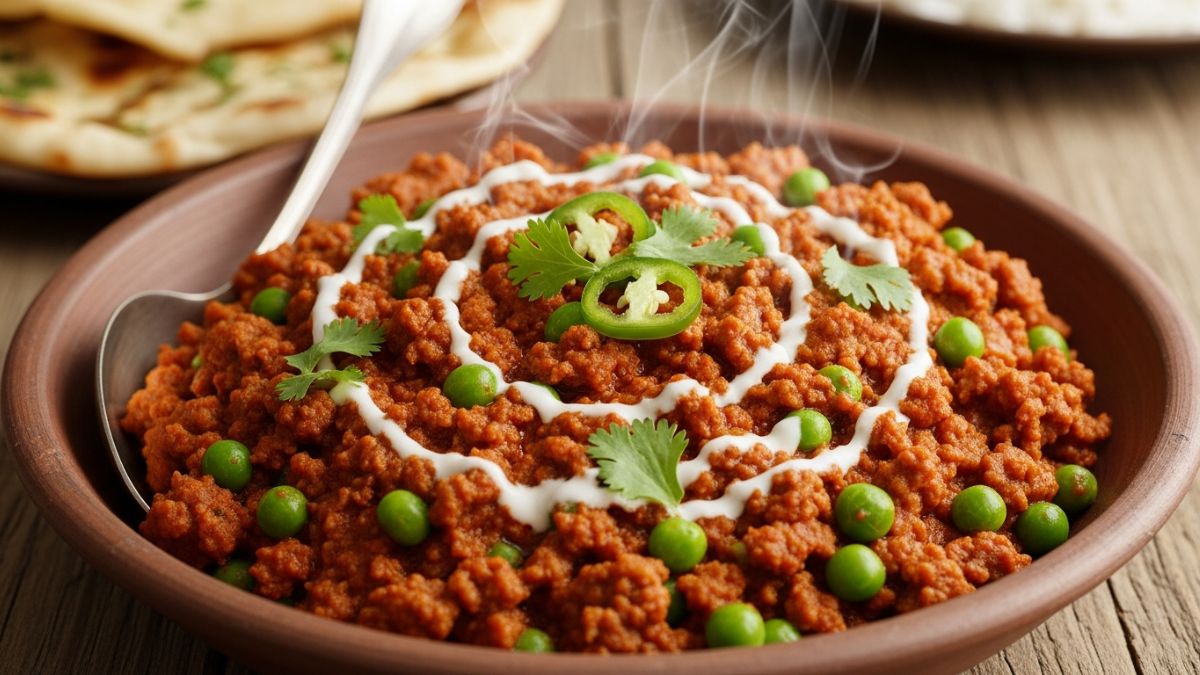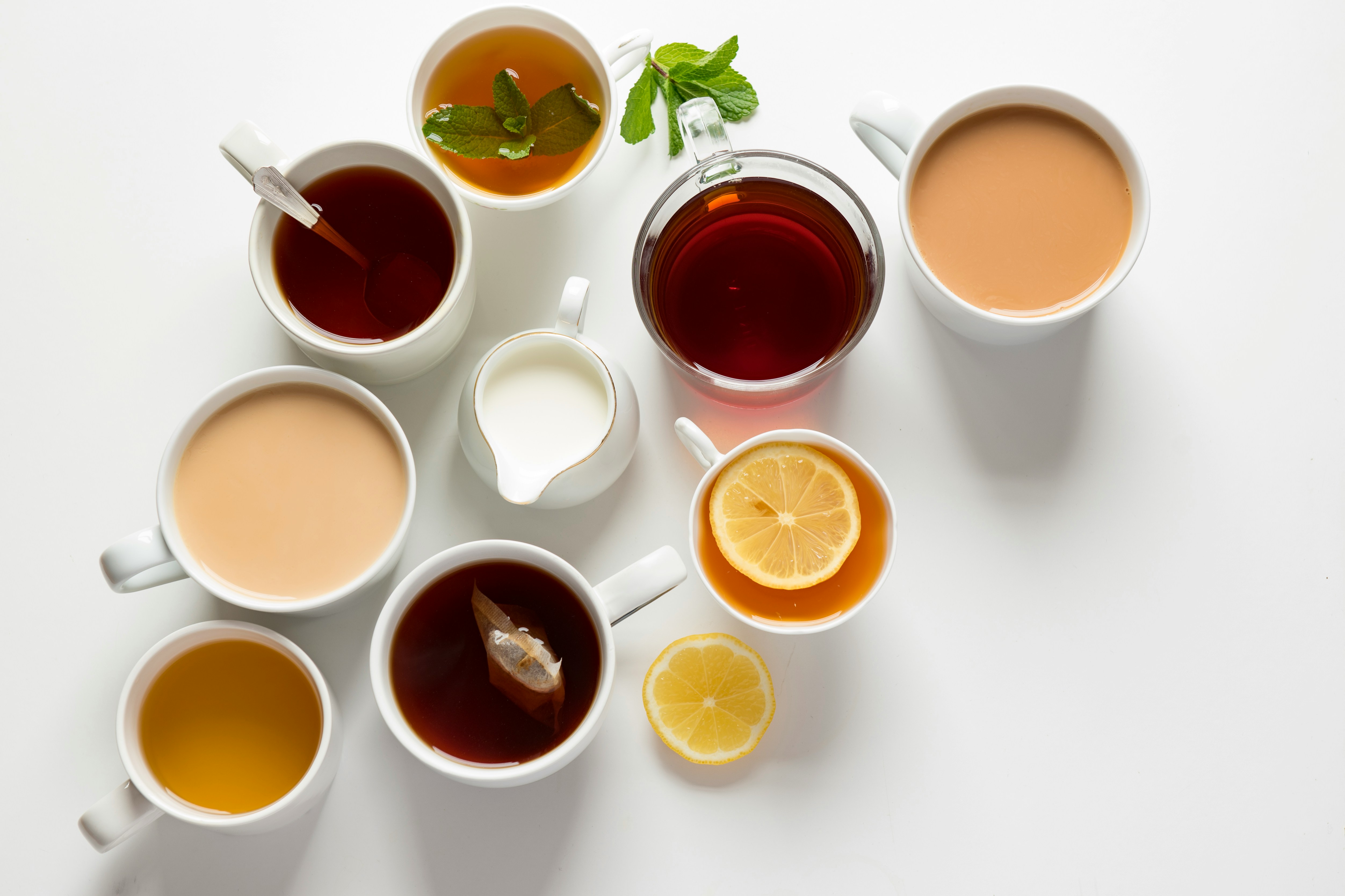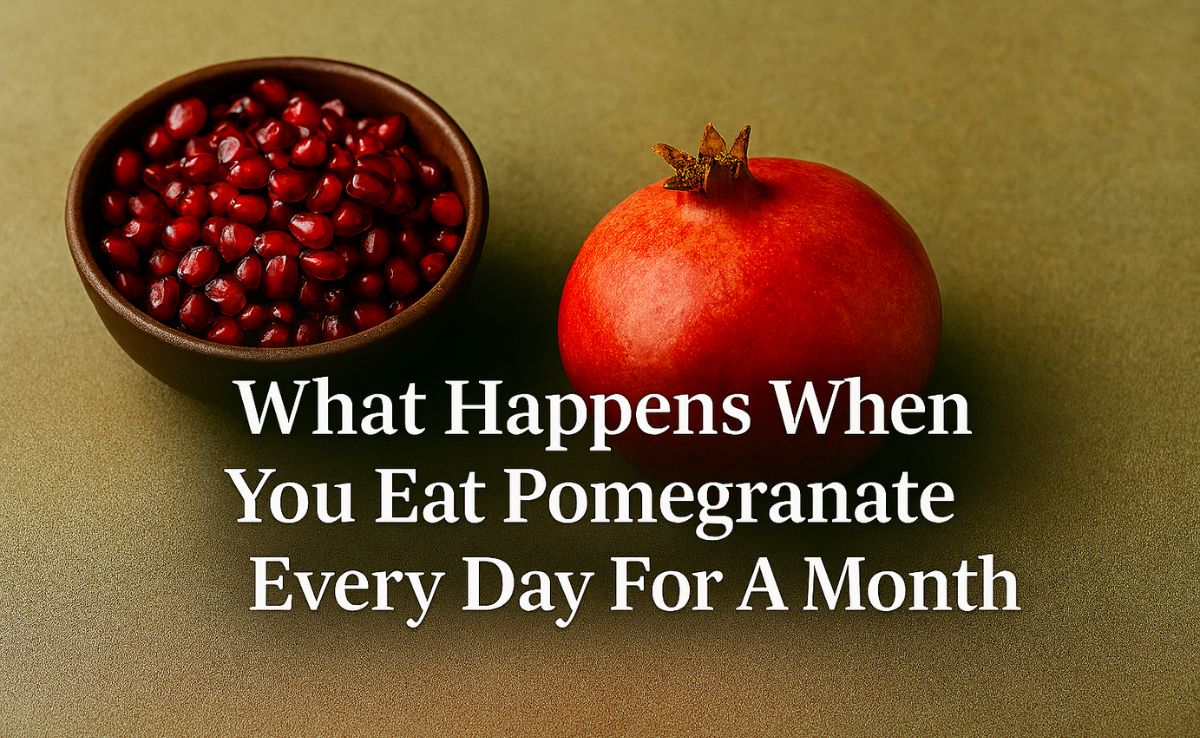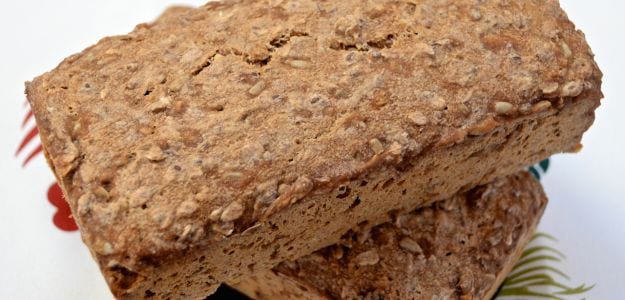Last year's massive avian flu outbreak and the resulting egg shortage have left many of us scrambling for breakfast alternatives. Those who don't eat meat yet rely on eggs for protein are particularly hard-hit by this deficit. So, too, are fans of the fast and nutritious simplicity of cracking open a soft- or hard-boiled egg first thing in the morning.
To them and anyone wondering how to keep protein in their breakfasts without the use of eggs or
meat, I suggest trying these global dishes.Rugbrod
A staple of Danish cuisine, rugbrod s a hearty, rectangular-shaped, oat- and seed-flecked brown bread. Although usually featured in smorrebrod or an open-faced sandwich, it also makes an appearance on the breakfast table. When served with cheese, smoked fish, fruit preserves or even on its own, rugbrod offers a filling and protein- and fiber-rich start to any day. It contains as much as 9 grams of protein in each slice.
Cheese
Imagine you're in continental Europe and do as the Europeans do: Indulge in some cheese with your dawn coffee or tea. High-protein cheeses include such familiar favorites as Parmesan, goat, mozzarella, Gruyere and cheddar. One ounce of these cheeses provides between 8 grams and 11 grams of protein. Pair your morning cheese with slices of rugbrod for an especially lavish treat

Many types of cheese work well for a protein-filled breakfast. Credit: Copyright 2015 Kathy Hunt
Kippers
If you're fond of either the United Kingdom or seafood, you may want to start your day with a plate of savory, protein-filled, omega-3-rich kippers. Known as the king of the English breakfast, the kipper is the mildest of all smoked herring. It has starred in British breakfasts since the mid 19th century. Cooked and then served on buttered toast, kippers are an inexpensive yet nutritious way to kick off the day. A 2-ounce serving has 14 grams of protein.
Gravlax
Not of fan of smoked foods but still crave a flavorful protein for your morning meal? Reach for Scandinavian gravlax. Similar to smoked fish, this salt-cured salmon was born from the need to store seafood in a time when refrigeration did not exist. Thanks to 24 to 48 hours of macerating in salt, sugar and dill, gravlax possesses a velvety texture and luxurious taste. It also has a long history of feeding the hungry in the wee hours of the day. A 2-ounce serving of gravlax contains 10 grams of protein.
Muesli
Less common but no less delicious than granola, muesli consists of rolled oats, sliced nuts such as almonds and hazelnuts, dried apricots, raisins and bran, wheat germ or seeds such as pumpkin and sunflower. With 8 grams of protein in a 3-ounce serving, this Swiss creation provides a wholesome, protein-packed breakfast with every bite. If you want a bit more complexity, add fresh fruit or honey to your muesli. You can also replace the usual milk on your cereal with yogurt.
Beans on toast
The British Council reports that the United Kingdom consumes more than 90 percent of the world's canned baked bean supply. Thus, it's not surprising that another quintessential English offering consists of baked beans spooned over toasted bread. Warm, tartly sweet and with 7 grams of protein per half-cup, beans on toast is a delectable and decidedly British breakfast dish.
Tofu
With 10 grams of protein per half-cup, the low-calorie soybean curd known as tofu affords not only healthful eating but also versatile cooking. Its benign, mildly nutty taste goes with countless ingredients, plus it performs well with a variety of cooking techniques. It can be scrambled; baked in a quiche; sautéed with vegetables, herbs or spices and served in a wrap; made into a spread; or puréed in a smoothie. The uses of tofu are almost limitless.
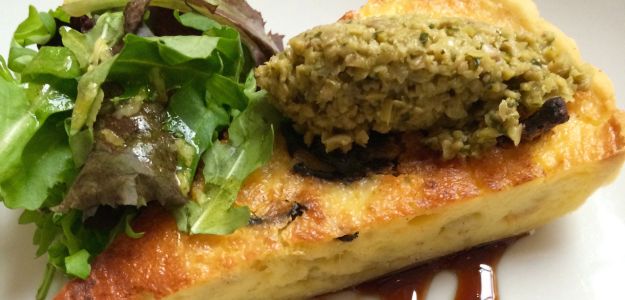
A quiche made from tofu and scallions with tapenade and greens. Credit: Copyright 2015 Kathy Hunt
Nuts and nut spreads
People around the globe consume nuts and nut spreads as part of their morning routines. At 6 grams of protein per 1-ounce serving, almonds and pistachios rank the highest in protein, followed by walnuts, hazelnuts, cashews and Brazil nuts. As you may know, the familiar peanut is a legume and not a nut. Nonetheless, at 7 grams per 1-ounce serving, peanuts beat the aforementioned nuts for greatest protein content in a nut spread.
Cottage cheese
Part of both British and North American cuisines, cottage cheese is unripened and unpressed cow's milk cheese. While mild in flavor, it is surprisingly rich in protein. A mere 4 ounces of cottage cheese contains 13 grams of protein. Pair this subtle food with pumpkin seeds or chopped dried apricots for an especially tasty and nourishing repast.
